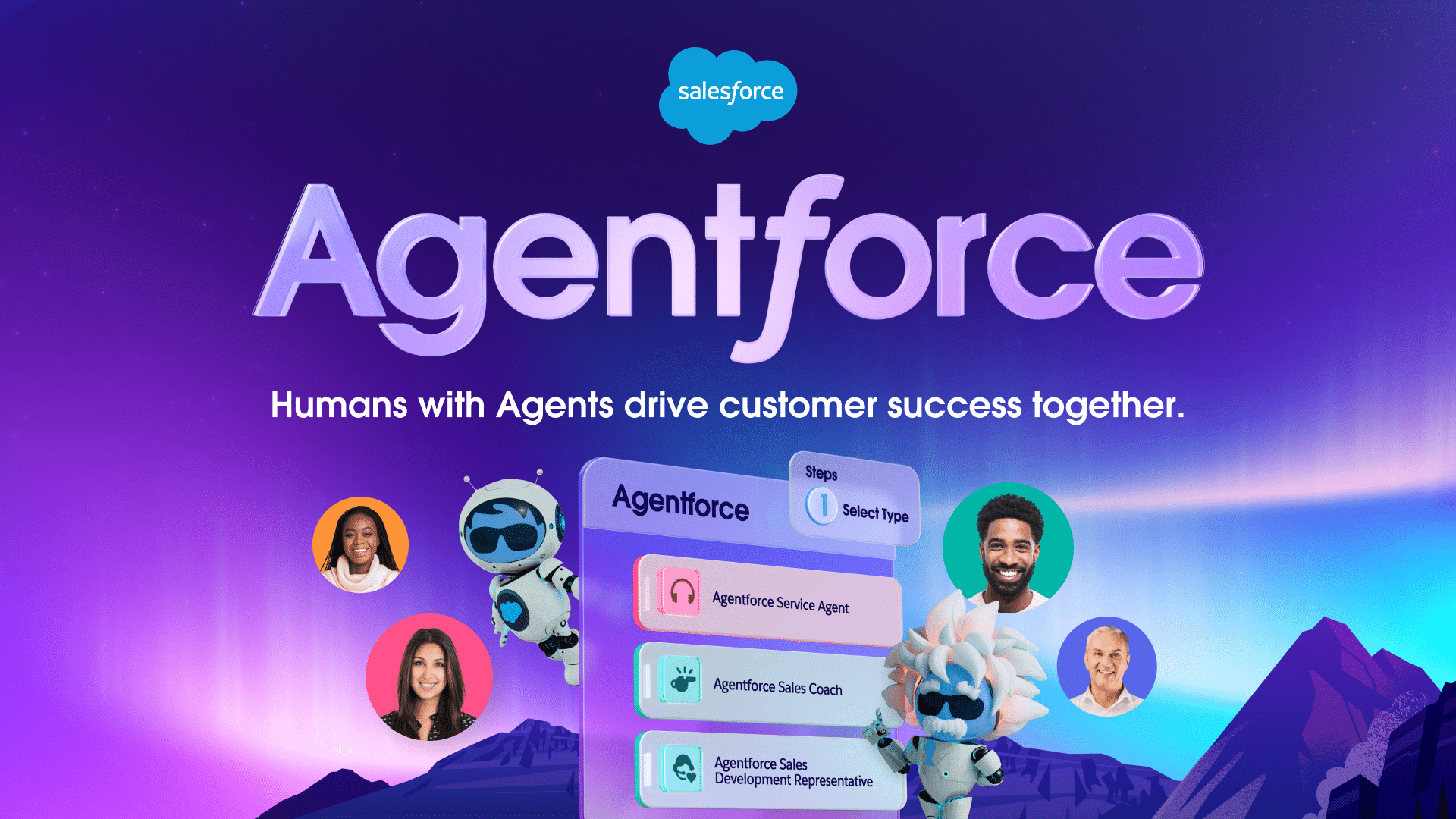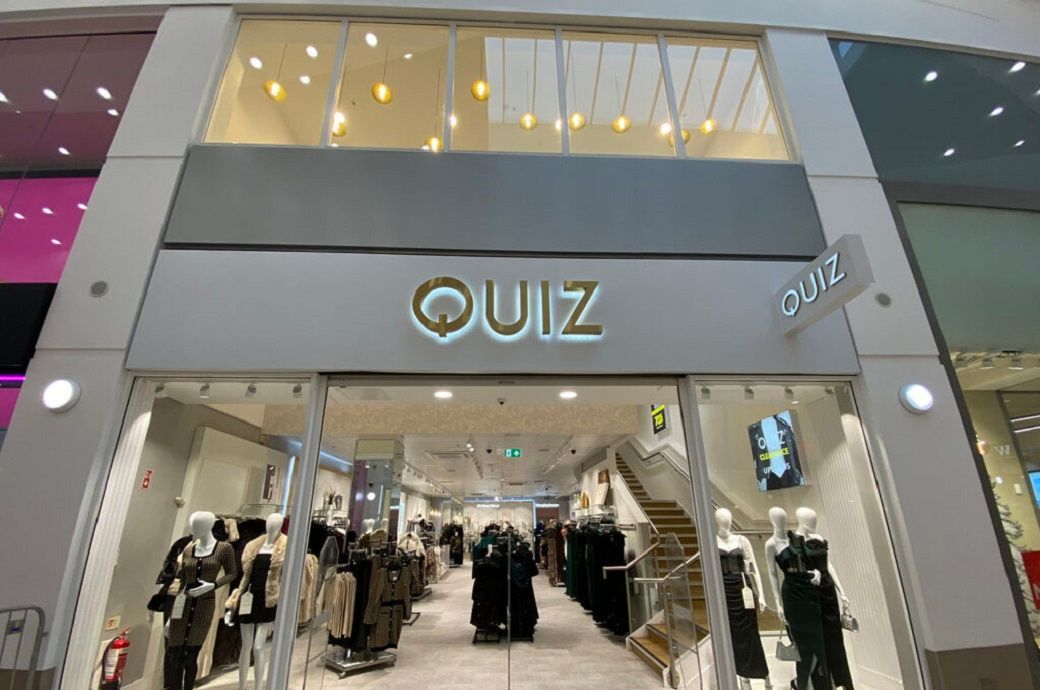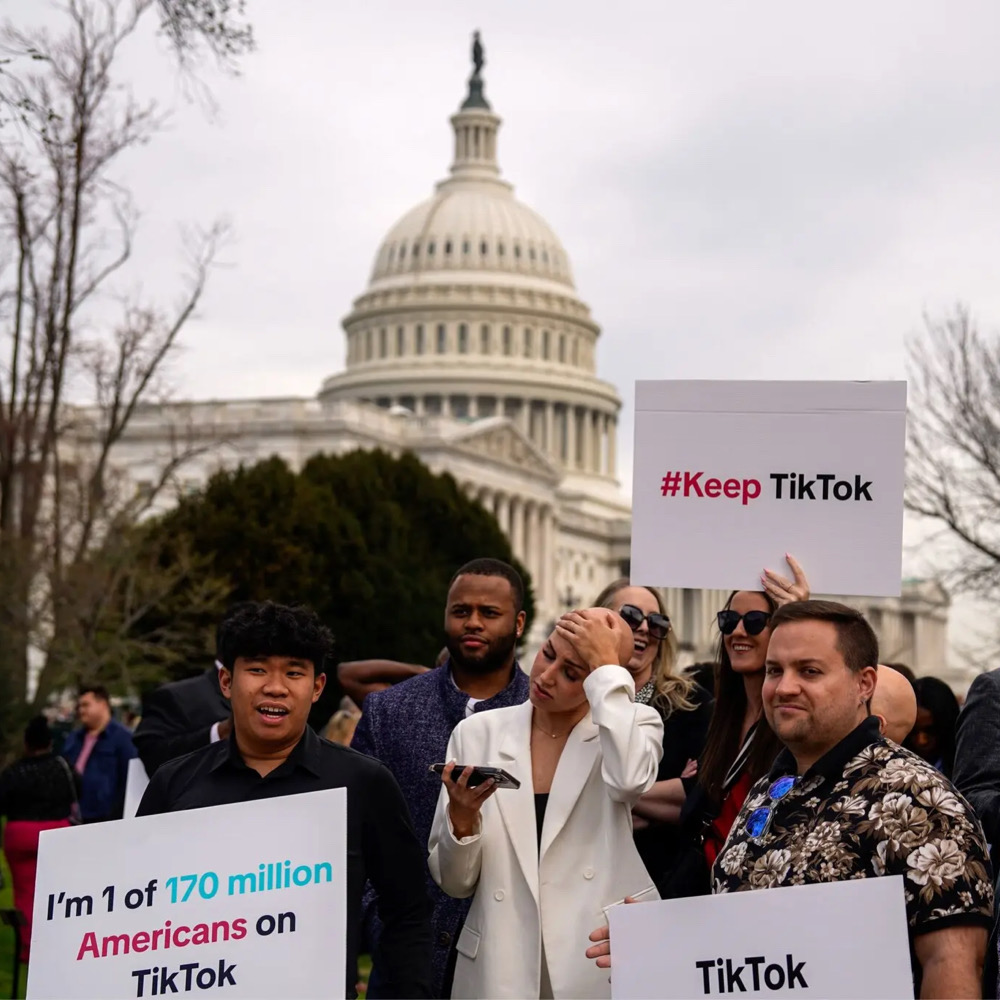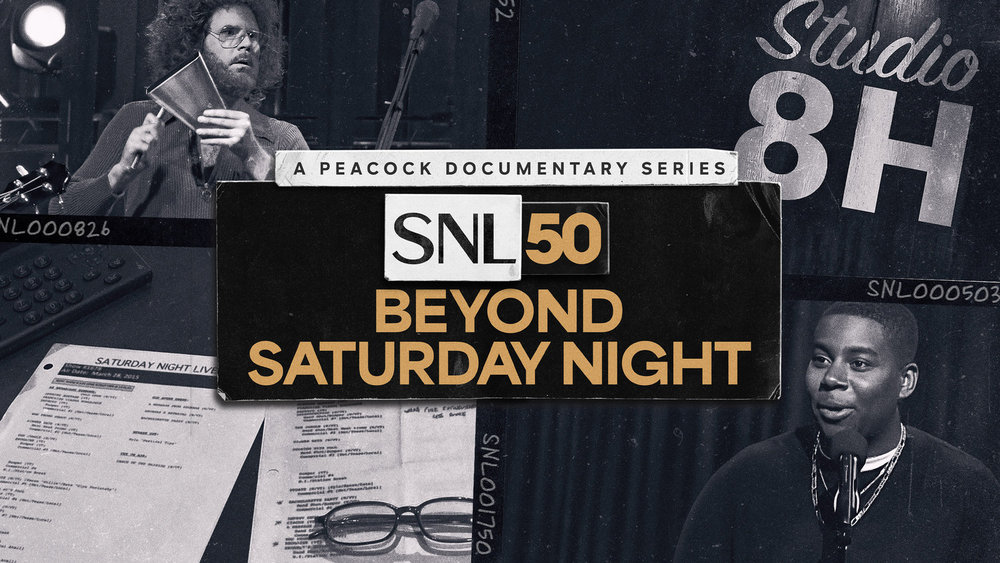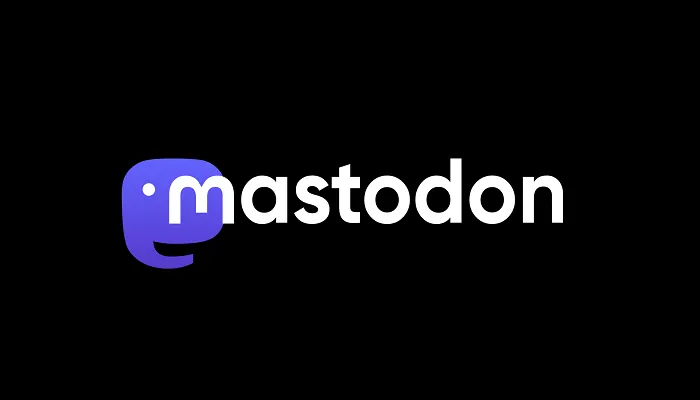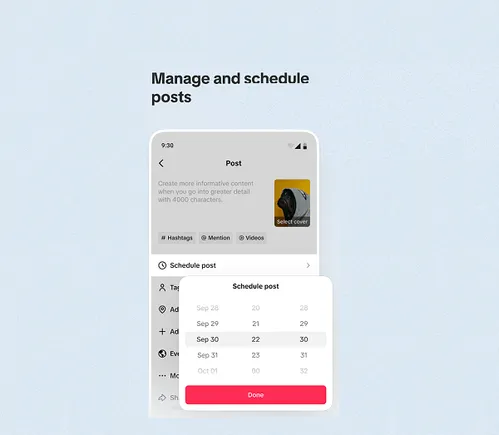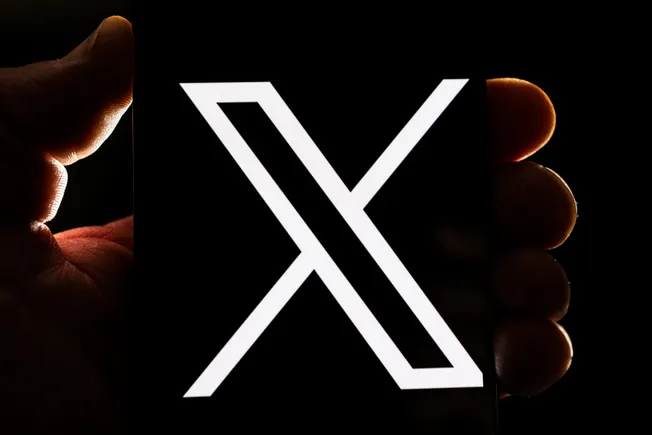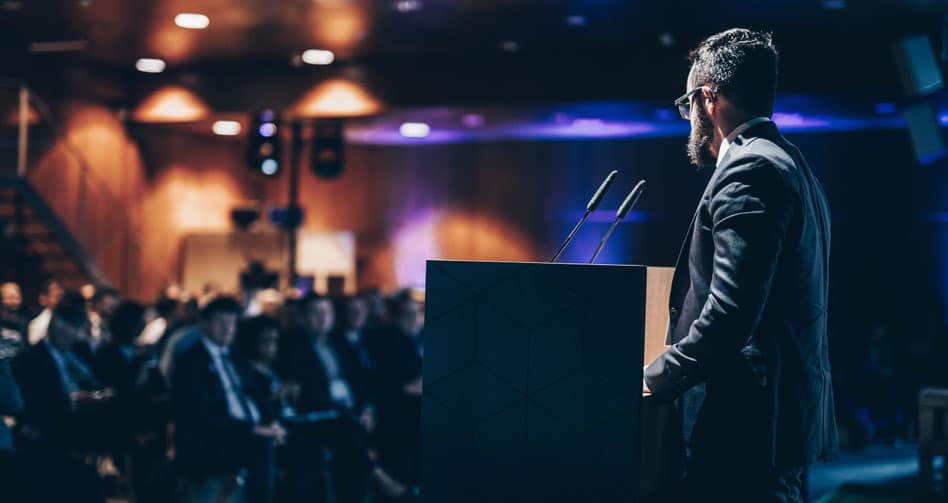In today’s hyper connected digital landscape, social media influence has become far more than just a platform for sharing moments and connecting with friends. Its impact extends deep into our social behaviors, including our relationship with substance use.
This resource explores the complex ways social media intersects with drug and alcohol consumption, revealing both subtle and significant influences that shape individual and collective behaviors.
The Digital Mirror: Social Media’s Reflection of Substance Use Culture
Social media websites have transformed how we perceive and interact with substance use, creating a powerful visual narrative that can normalize and glorify alcohol and drug consumption.
Instagram, TikTok, and Facebook become virtual stages where individuals curate carefully constructed images of social drinking and party lifestyles. These curated representations often present substance use as glamorous, exciting, and a fundamental component of social connection.
Young adults and teenagers are particularly vulnerable to these digital influences. Algorithmic content feeds continuously expose users to images and videos that portray substance
Peer Influence on Social Media Platforms in the Digital Age
Social networking sites amplify peer influence to unprecedented levels. Where traditional peer pressure was once limited to immediate social circles, digital platforms now extend this influence globally. A single viral video or trending hashtag can rapidly normalize specific substance use behaviors across diverse geographical and demographic boundaries.
Social Media Use and Teen Substance Abuse
In the digital age, social media use has become an integral part of teenagers’ daily lives, profoundly influencing their behavior and attitudes towards substance abuse.
Research indicates that exposure to drug and alcohol use content on social media can normalize and glamorize these behaviors, increasing the risk of substance abuse among young people.
Social media influencers and celebrities often share posts that promote substance or alcohol use, making it appear trendy and desirable. This can be particularly impactful for impressionable teenagers who look up to these figures.
Exposure to Drug and Alcohol Content on Social Media Sites
Social media sites have become hotspots for sharing and consuming content related to drug and alcohol use. Users frequently post about their experiences with substances, often highlighting the perceived benefits while downplaying the risks. This constant exposure can lead to a decrease in perceived risk and an increase in perceived benefits of substance use, making it more likely for teenagers to experiment with drugs and alcohol.
Mental Health and Social Media-Induced Substance Vulnerability in Young Adults
Paradoxically, social media platforms that connect us can simultaneously generate profound feelings of isolation and anxiety. Constant exposure to curated, idealized representations of others’ lives can trigger significant mental health challenges.
Depression, loneliness, and social comparison anxiety frequently emerge as unintended consequences of extensive social media engagement.
These psychological pressures, often exacerbated by social media addiction, can drive individuals toward substance use as a coping mechanism. Alcohol and drugs become temporary escape routes from the emotional turbulence generated by digital social environments. The very platforms designed to connect us can inadvertently create conditions that increase vulnerability to substance abuse.
Healthcare Coverage for Substance Use Disorders in the Digital Era
Modern healthcare systems are progressively recognizing the unique challenges presented by social media’s influence on drug and alcohol abuse. Comprehensive insurance coverage has begun to adapt, offering more nuanced approaches to treatment that acknowledge the digital landscape’s role in addiction.
Many progressive health insurance providers now cover teletherapy and digital interventions specifically designed to address social media-induced substance use patterns. These innovative treatment approaches recognize that traditional rehabilitation models must evolve to effectively combat the complex psychological dynamics generated by digital platforms.
Navigating Healthcare Support: Comprehensive Treatment Options
Insurance providers are expanding coverage to include holistic treatment programs that address both alcohol abuse and substance use disorders, as well as the underlying digital media influences. These comprehensive approaches typically encompass individual counseling, group therapy, digital wellness education, and targeted interventions that help individuals develop healthier relationships with both substances and social media platforms.
Emerging treatment models often incorporate cognitive behavioral therapy techniques specifically tailored to understand and mitigate the psychological mechanisms through which social media can trigger or exacerbate substance use behaviors. Many insurance plans now recognize these specialized approaches as essential components of effective, modern addiction treatment.
Prevention and Digital Literacy
Recognizing social media’s profound influence, many healthcare and educational institutions are developing prevention strategies that emphasize digital literacy and critical media consumption to combat addictive behaviors.
These initiatives aim to equip individuals, particularly younger generations, with the skills to critically analyze and resist the potentially harmful narratives surrounding substance use that proliferate on digital platforms.
By understanding the psychological mechanisms underlying social media’s influence, individuals can develop more resilient mental frameworks that are less susceptible to problematic substance use behaviors. Education becomes a powerful tool in navigating the complex digital landscape.
Future Research Directions
As we continue to explore the complex relationship between social media and substance use, future research should focus on several key areas. Expanding observational studies on social media sites can provide deeper insights into how these platforms influence substance use attitudes and behaviors.
Researchers should also examine the interactive nature of social media and the extent to which young people are exposed to advertising from alcohol brands and other substance-related content.
A Nuanced Understanding of Social Media is Needed
Social media’s relationship with drug and alcohol consumption is not simply a story of negative influence but a complex, multifaceted interaction between technology, psychology, and social behavior. In conclusion, social media plays a significant role in influencing youth behavior, including substance use, highlighting both negative impacts like anxiety and substance abuse, and the potential for positive intervention.
Awareness, education, and adaptive healthcare approaches offer powerful strategies for mitigating potential risks while leveraging digital platforms’ positive connective potential. By maintaining a critical, informed perspective, individuals can transform their relationship with both social media and substance use.
The journey toward healthier digital and personal interactions is ongoing, requiring continuous reflection, education, and compassionate support. Understanding is the first step toward meaningful change.

















